- DroidAfrica
- Samsung
- Samsung Galaxy A30
Samsung Galaxy A30
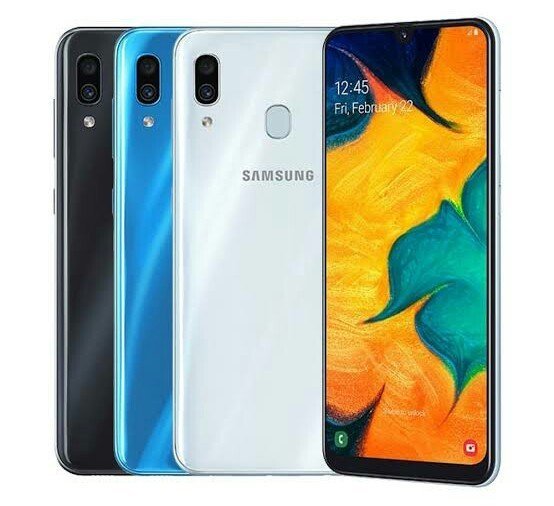
Samsung Galaxy A30 Highlights and Overview
Samsung Galaxy A30 is yet another device from Samsung under the latest A-series. But unlike the Galaxy A20 and the A10, Samsung Galaxy A30 comes with updated specifications and features. Although the screen remains 6.4-inch display, but the resolution is pushed to Full-HD+ (1080 x 2340 pixels), instead of the HD+ display in the Galaxy A20.
The CPU on Galaxy A30 is also updated to the Exynos 7904 CPU. This is a 14nm Octa-core CPU clocked at 1.8GHz, integrated with along Mali-G71 MP2, 3/4 GB of RAM and 32/64 GB expandable internal storage.
The camera department includes a dual rear 16 MP + 5 MP Main sensor, featuring PDAF, f/1.7 aperture and a single LED flash. At the front, there’s yet another large 16-megapixel front-facing camera for selfie and video chats. The Galaxy A30 comes with Google Android 9.0 Pie, with support for either a single or dual SIM models.
The device retains same 4000mAh built-in battery, with 15W fast charging features, along with USB Type-C interface, and Android 9.0 (Pie) out of the box. Other key specifications and silent features of the Samsung Galaxy A30 are detailed in the table below.
Samsung Galaxy A30 Full Specifications and Features
NETWORK
| Technology | GSM / CDMA / HSPA / LTE |
| 2G Network Bands | GSM 850 / 900 / 1800 / 1900 - SIM 1 & SIM 2 (dual-SIM only) |
| 3G Network Bands | HSDPA 850 / 900 / 1900 / 2100 |
| 4G Network Bands | LTE band 1(2100), 2(1900), 3(1800), 5(850), 7(2600), 8(900), 20(800), 38(2600), 40(2300), 41(2500) |
| Speed | HSPA 42.2/5.76 Mbps, LTE Cat4 150/50 Mbps |
LAUNCH
| Also Known As |
- - |
BODY
| Dimensions | 158.5 x 74.7 x 7.7 mm (6.24 x 2.94 x 0.30 in) |
| Weight | 165 g (5.82 oz) |
| Build | Front glass, plastic body |
| SIM Type | Single SIM (Nano-SIM) or Dual SIM (Nano-SIM, dual stand-by) |
DISPLAY
| Display Type | Super AMOLED capacitive touchscreen, 16M colors |
| Size | 6.4 inches, 100.5 cm2 (~85.0% screen-to-body ratio) |
| Resolution | 1080 x 2340 pixels, 19.5:9 ratio (~403 ppi density) |
PLATFORM
| Operating System | Android 9.0 (Pie) One UI |
| Chipset | Samsung Exynos 7904 (14 nm) |
| CPU | Octa-core (2x1.8 GHz Cortex-A73 & 6x1.6 GHz Cortex-A53) |
| GPU | Mali-G71 MP2 |
MEMORY
| RAM + ROM | 3/4 GB |
| Card Slot | microSD, up to 1 TB (dedicated slot) |
MAIN CAMERA
| Camera Type | Double Lenses |
| Camera Sensor(s) | 16 MP + 5 MP Main camera |
| Camera Features |
Autofocus Face detection F/1.9 aperture LED Flash Panorama HDR 5 MP, f/2.2, 12mm (ultrawide) (second camera) |
| Video Resolution | 1080p@30/240fps |
SELFIE CAMERA
| Camera Type | Single Lens |
| Camera Sensor(s) | 5-megapixel |
| Camera Features |
F/2.0 aperture FaceID Face beautification HDR |
| Video Resolution | 1080p@30fps |
SOUND
| Loudspeaker | Yes |
| Speaker Location | Placed at the basement |
| Audio Jack Type | Yes, 3.5mm audio jack |
CONNECTIVITY
| Bluetooth | Bluetooth 5.0, A2DP, LE |
| NFC | |
| GPS | Yes, with A-GPS, GLONASS, GALILEO, BDS |
| FM Radio | FM radio |
BATTERY
| Battery Capacity | Non-removable Li-Po 4000 mAh battery |
| Wireless Charging | No |
| Talk Time Talk Time is the longest time that a single battery charge will last when you are constantly talking on the phone under perfect conditions, Ambient temperature and highly dependent on the cellular network environment such as the distance to the closest cell network tower. | Up to 33 hours |
| Stand-by | Up to 740 hours |
OTHER FEATURES
| Sensors | Fingerprint (side-mounted), accelerometer, proximity, compass |
| Box Contents | Charging Brick / USB cable |
Samsung Galaxy A30 User Reviews and Opinions
Disclaimer Note
This specification was entered manually, hence we CANNOT guarantee 100% accuracy. Any error? Let us know in the comment section.






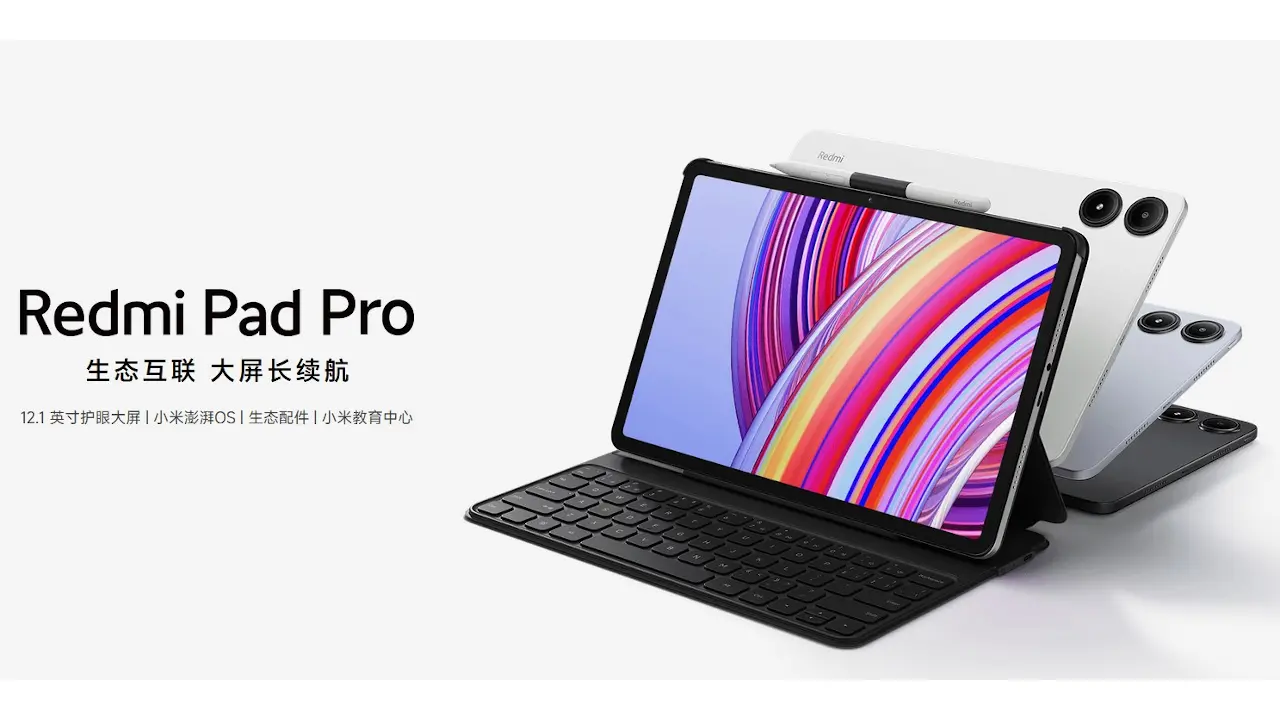
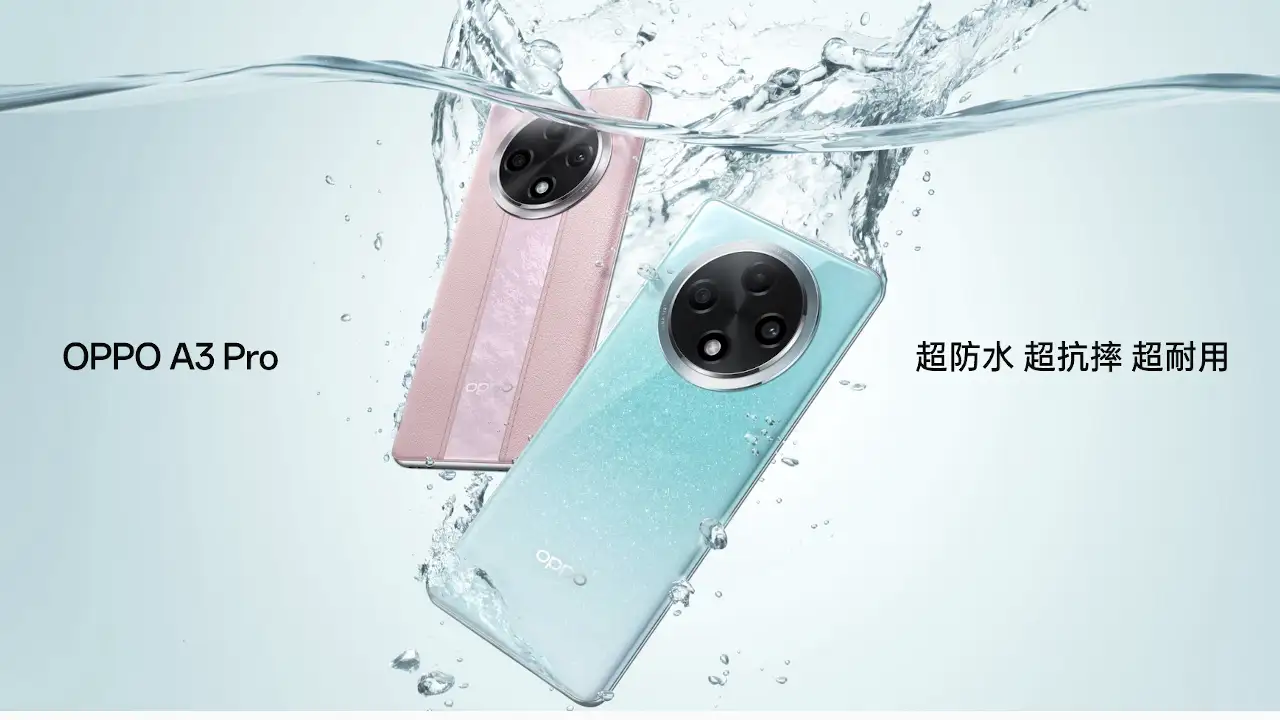

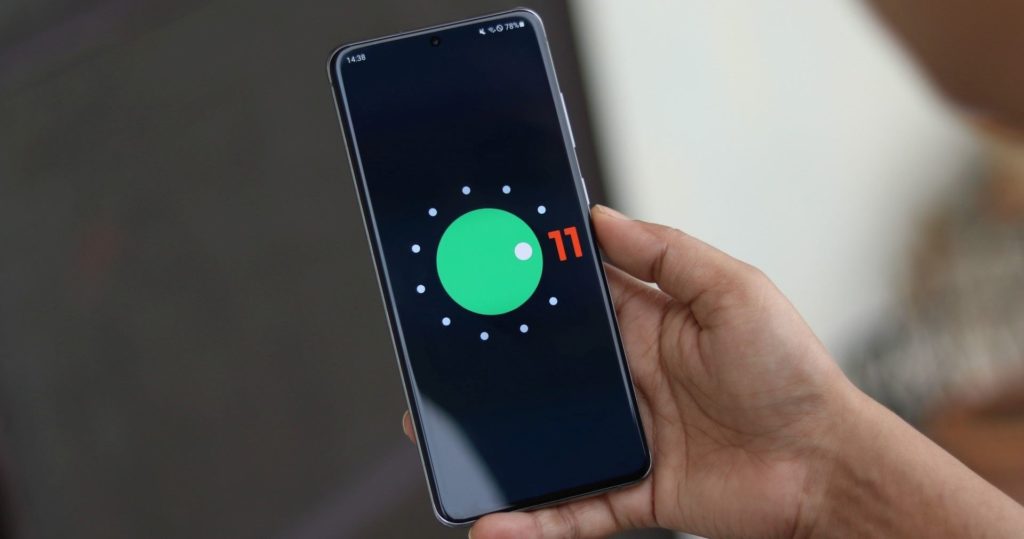
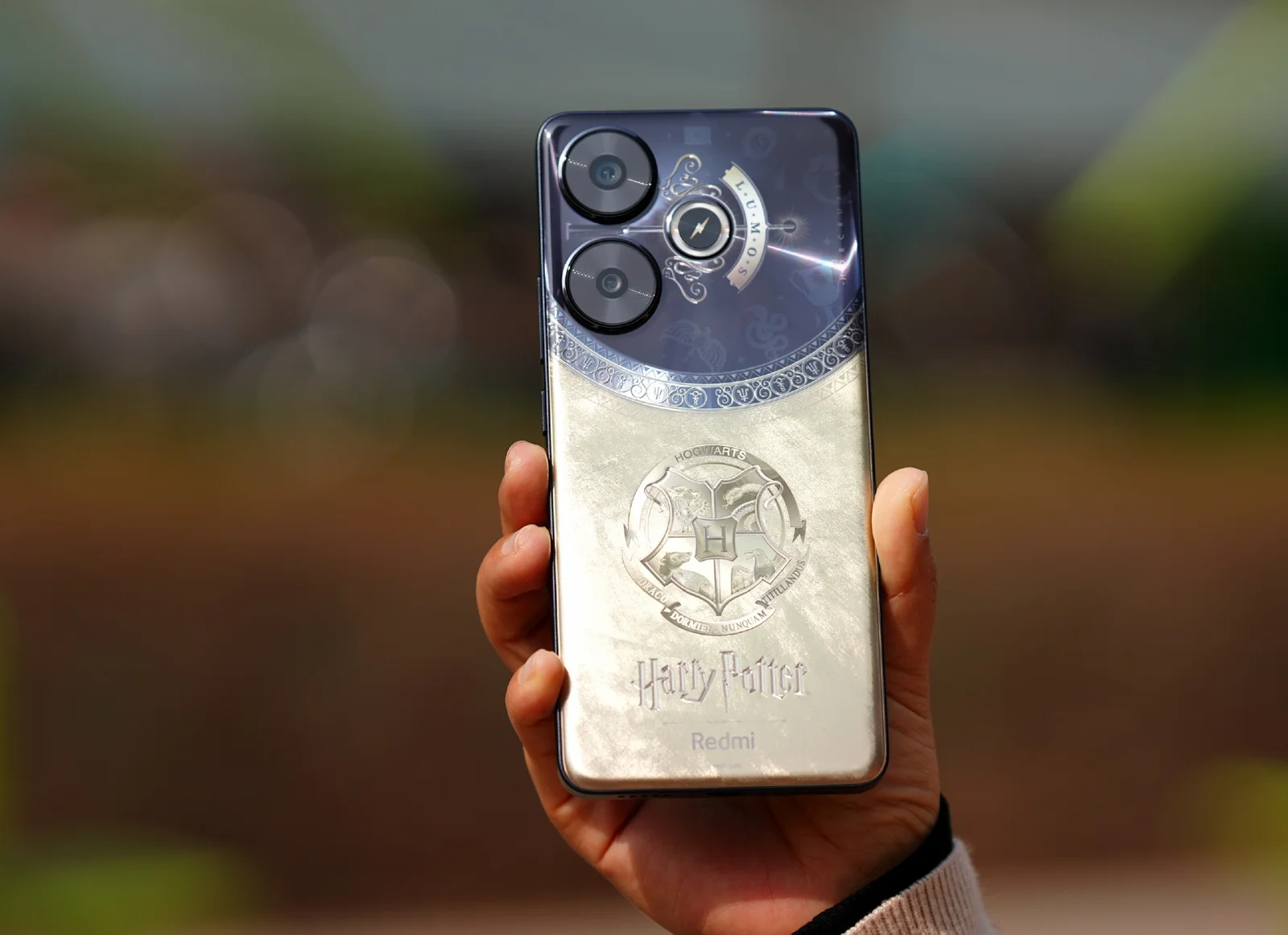
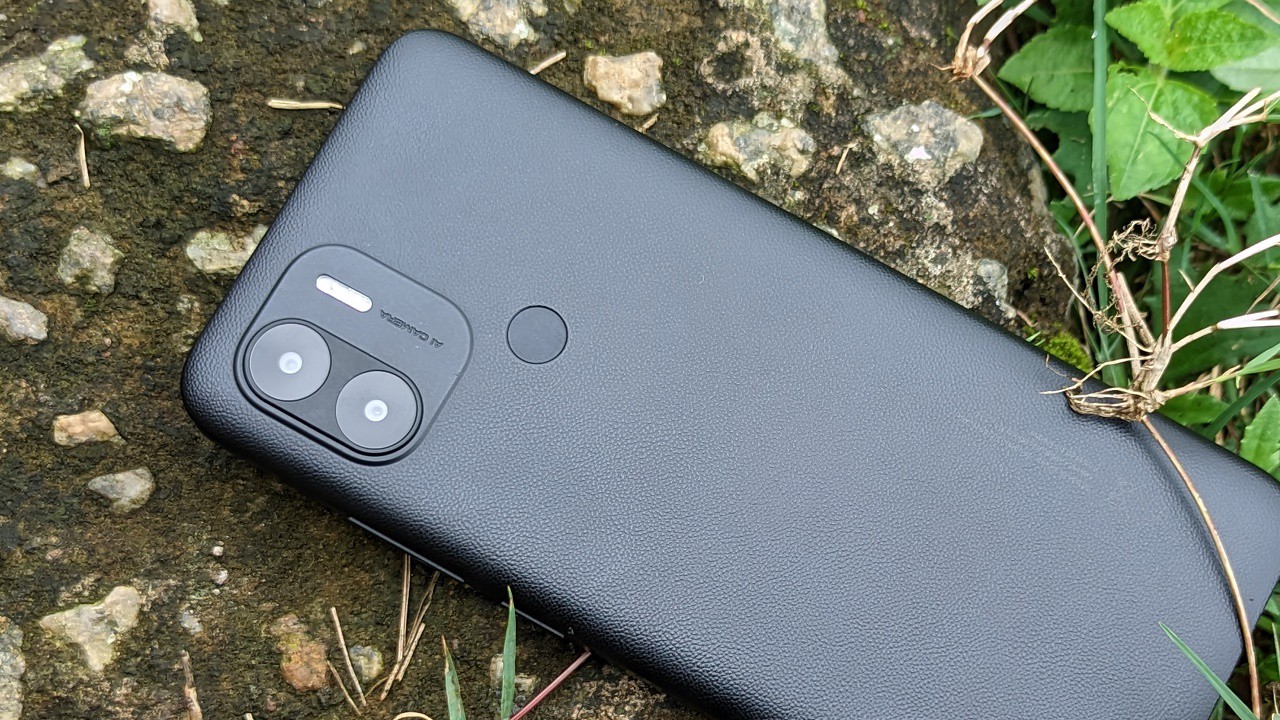
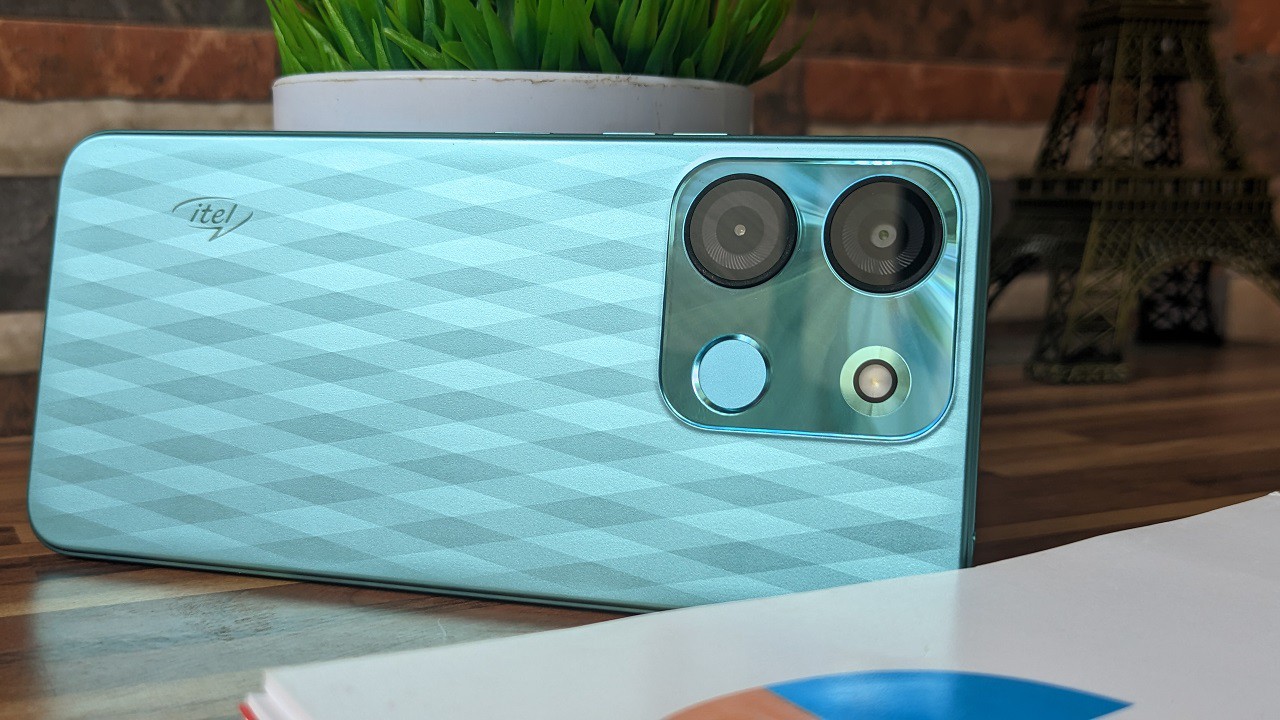
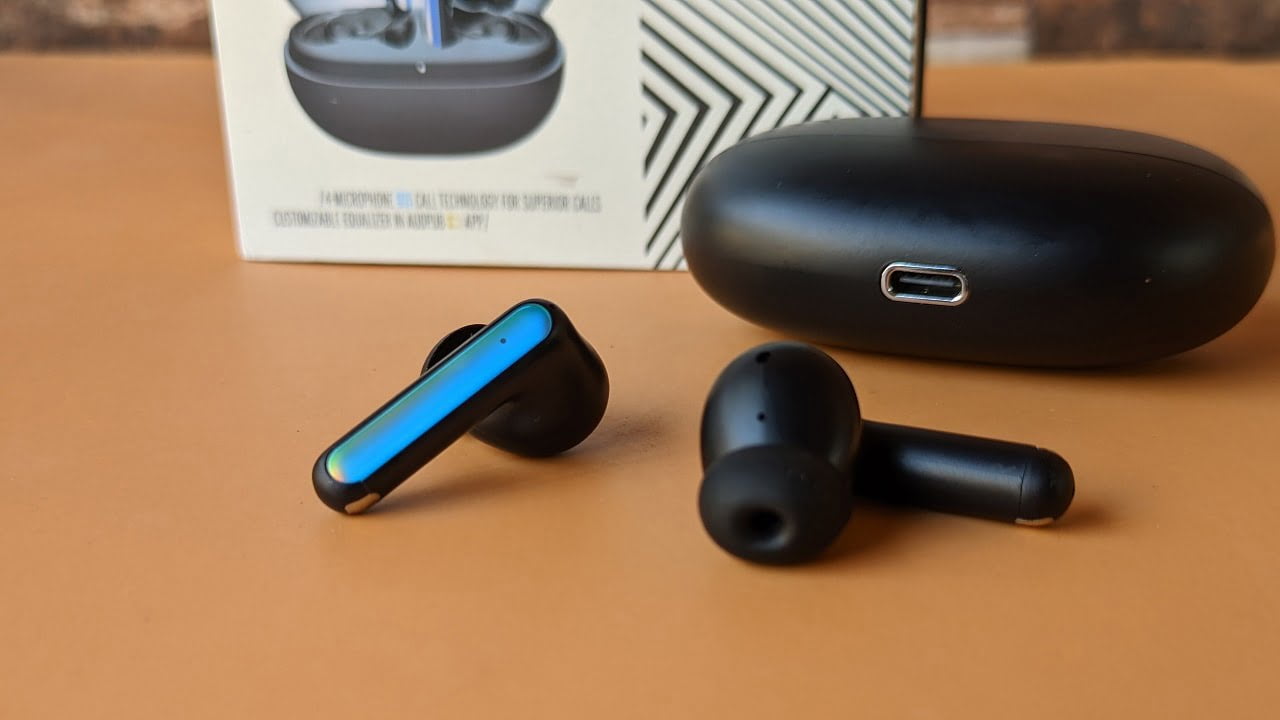
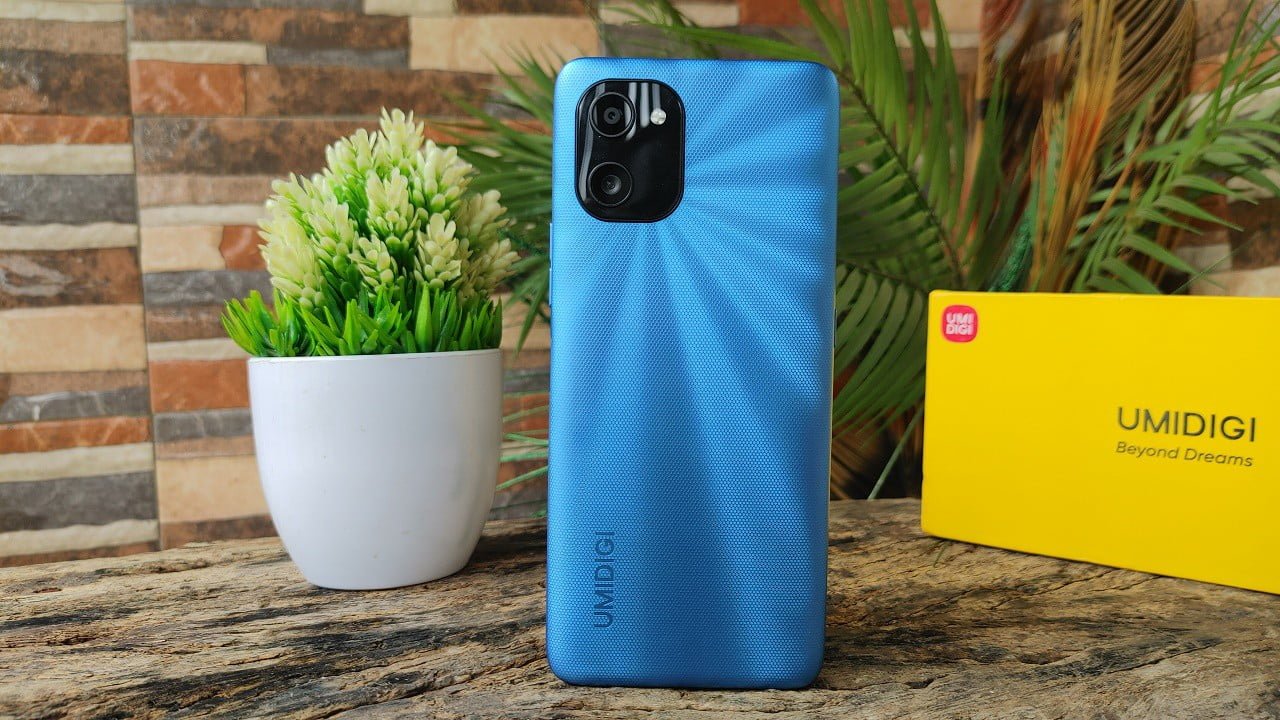
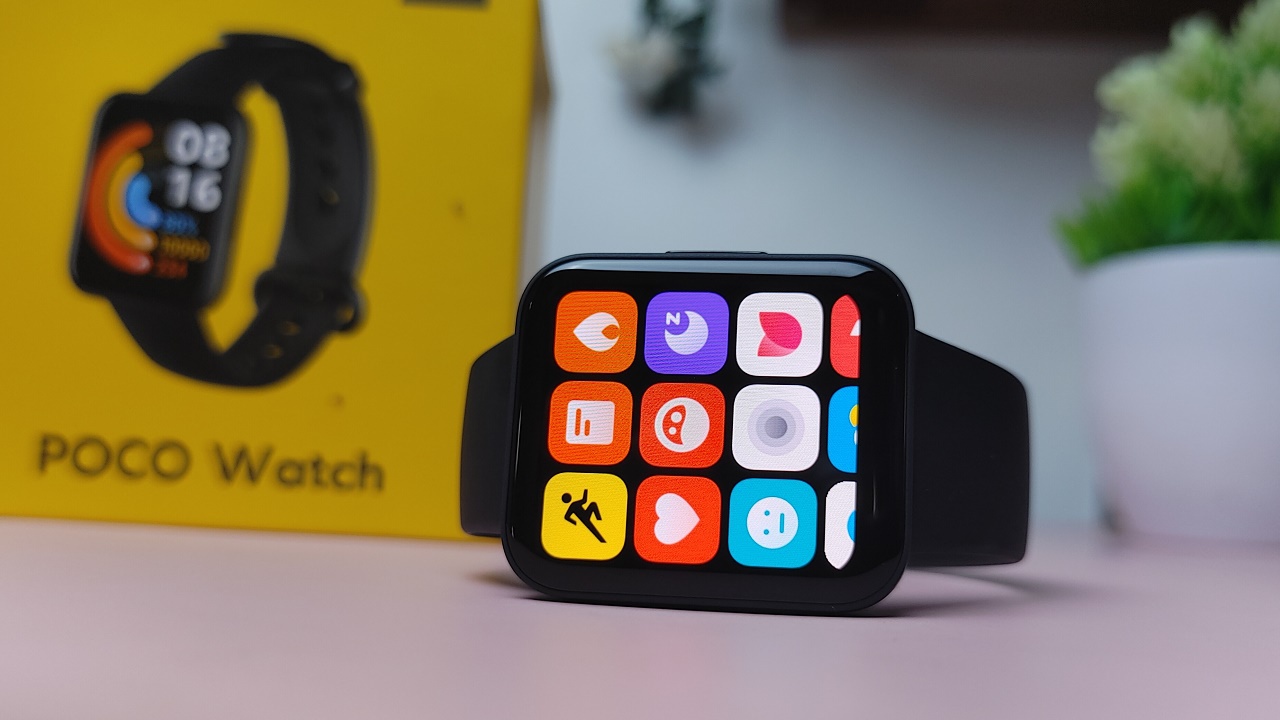
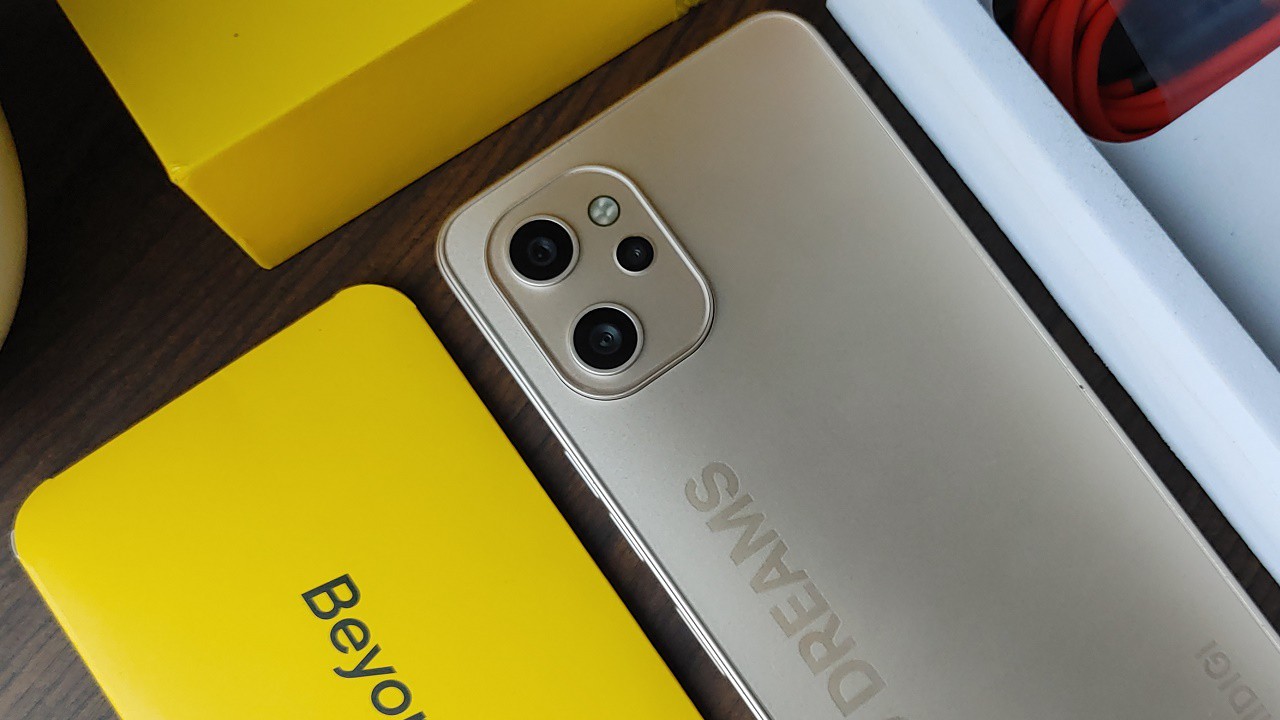
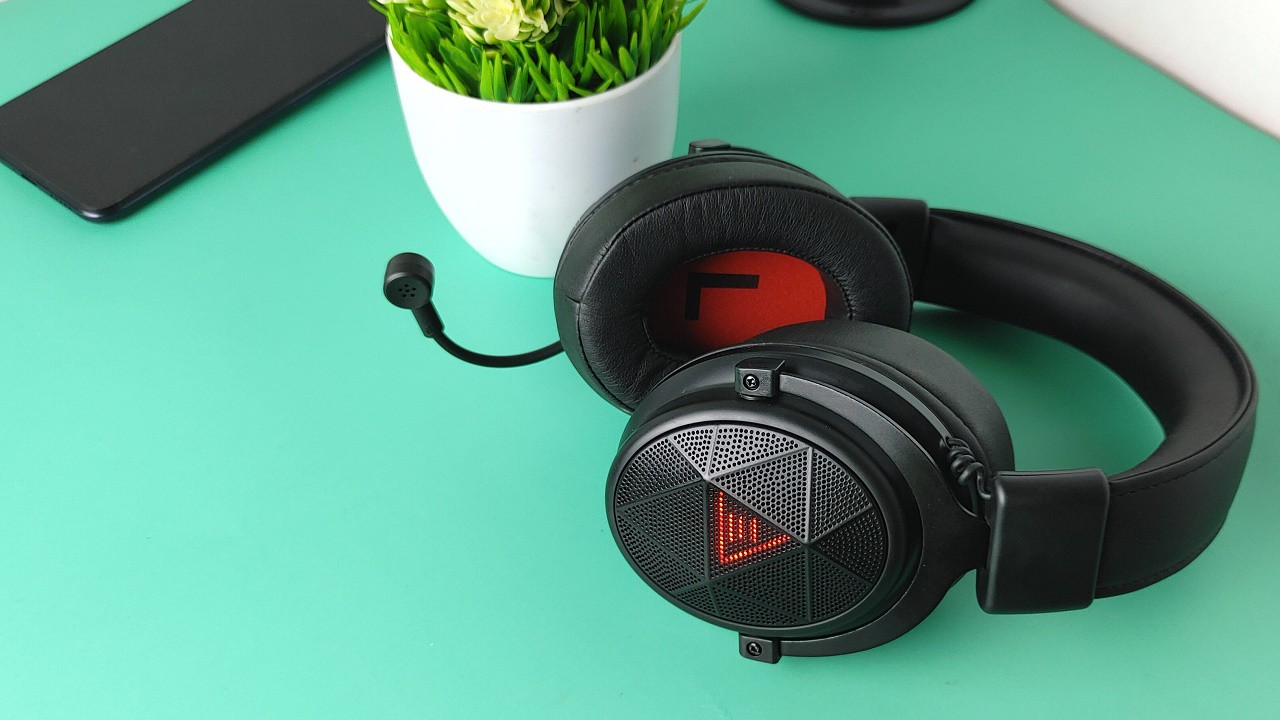

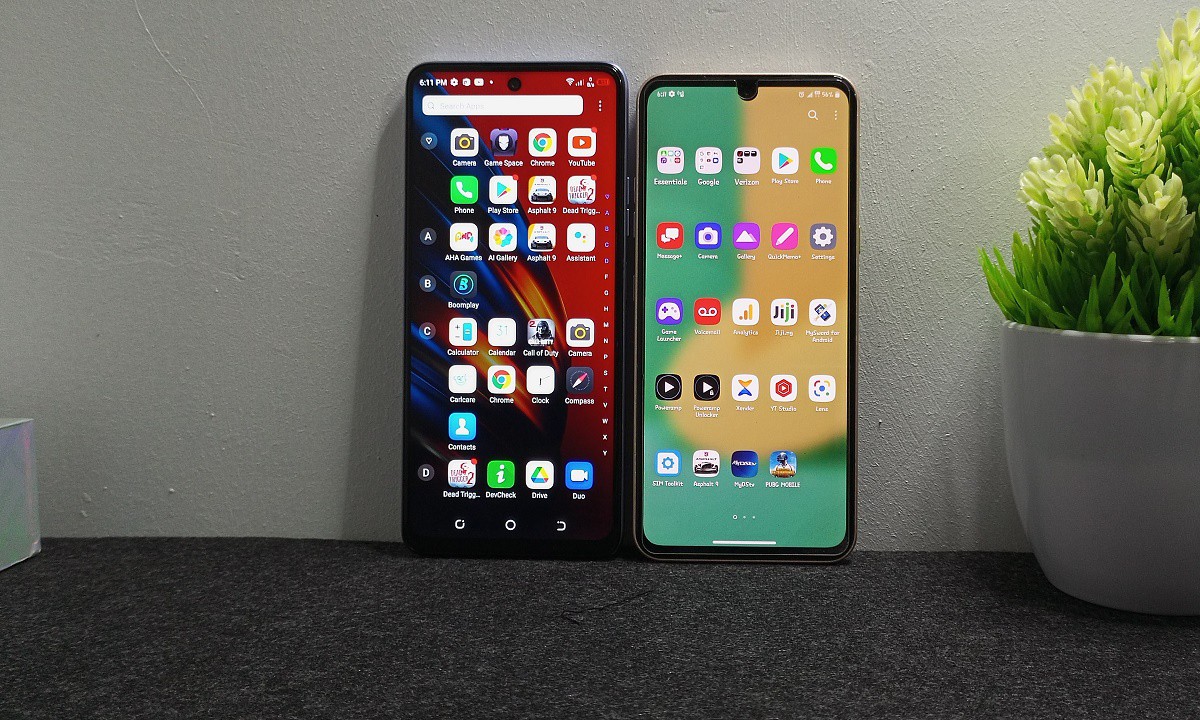
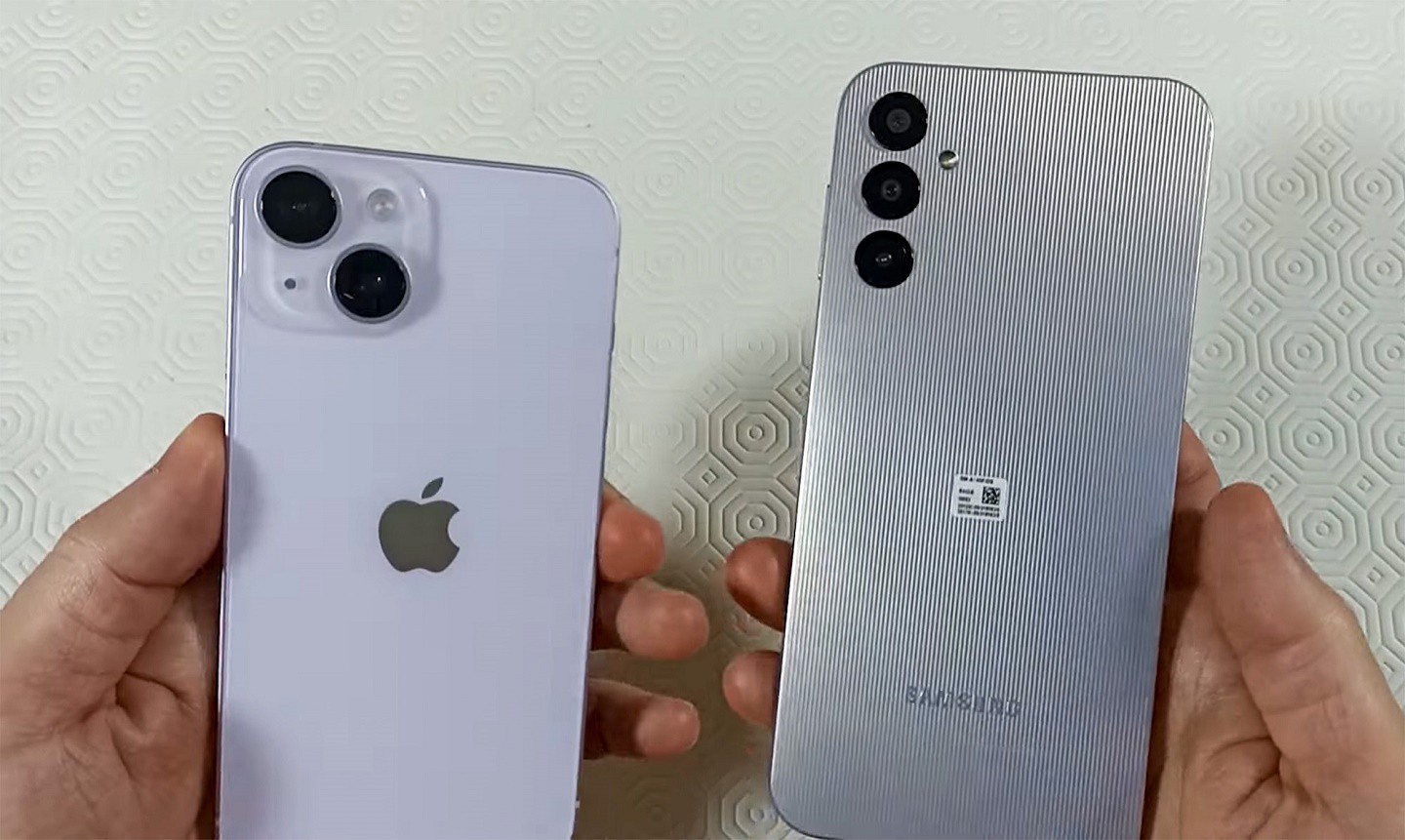
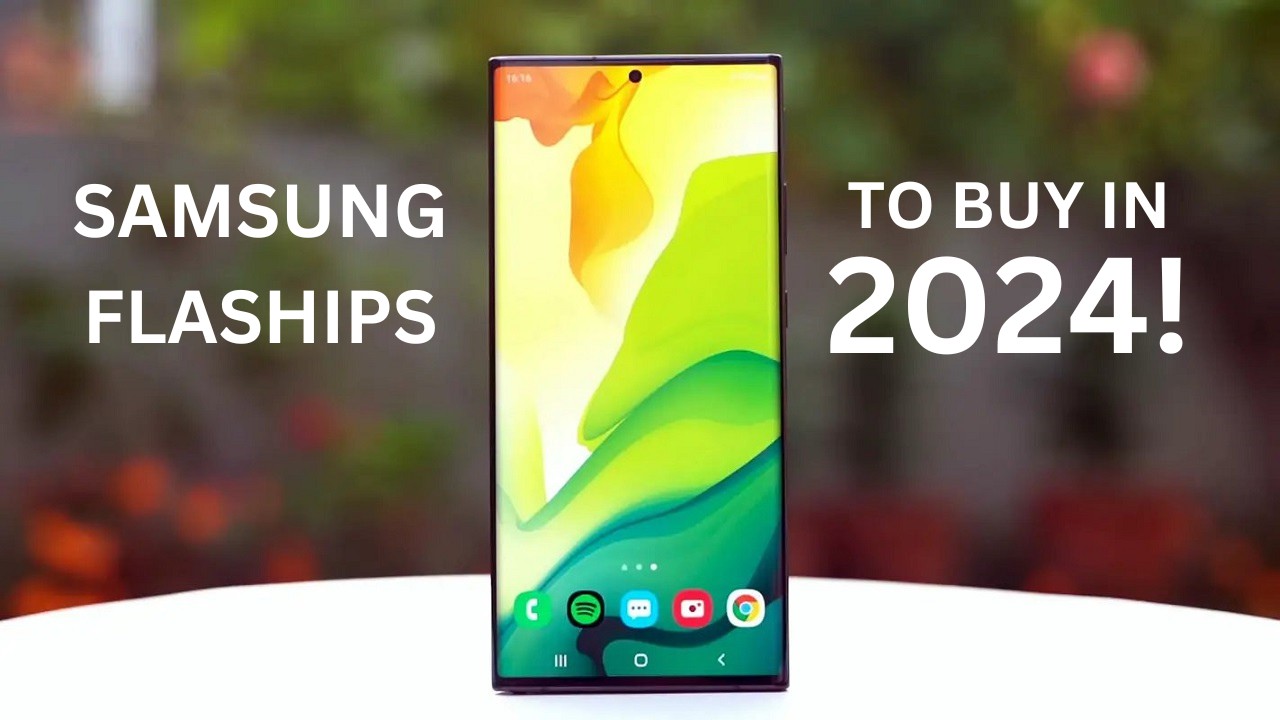
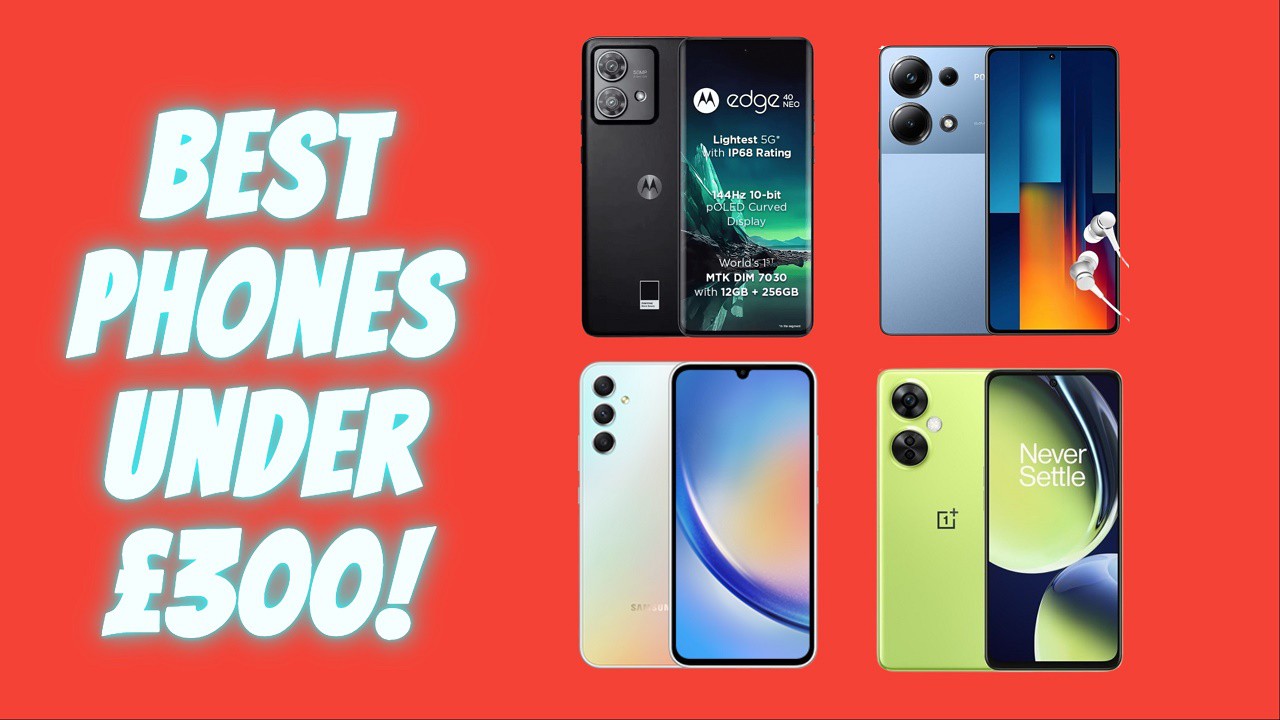
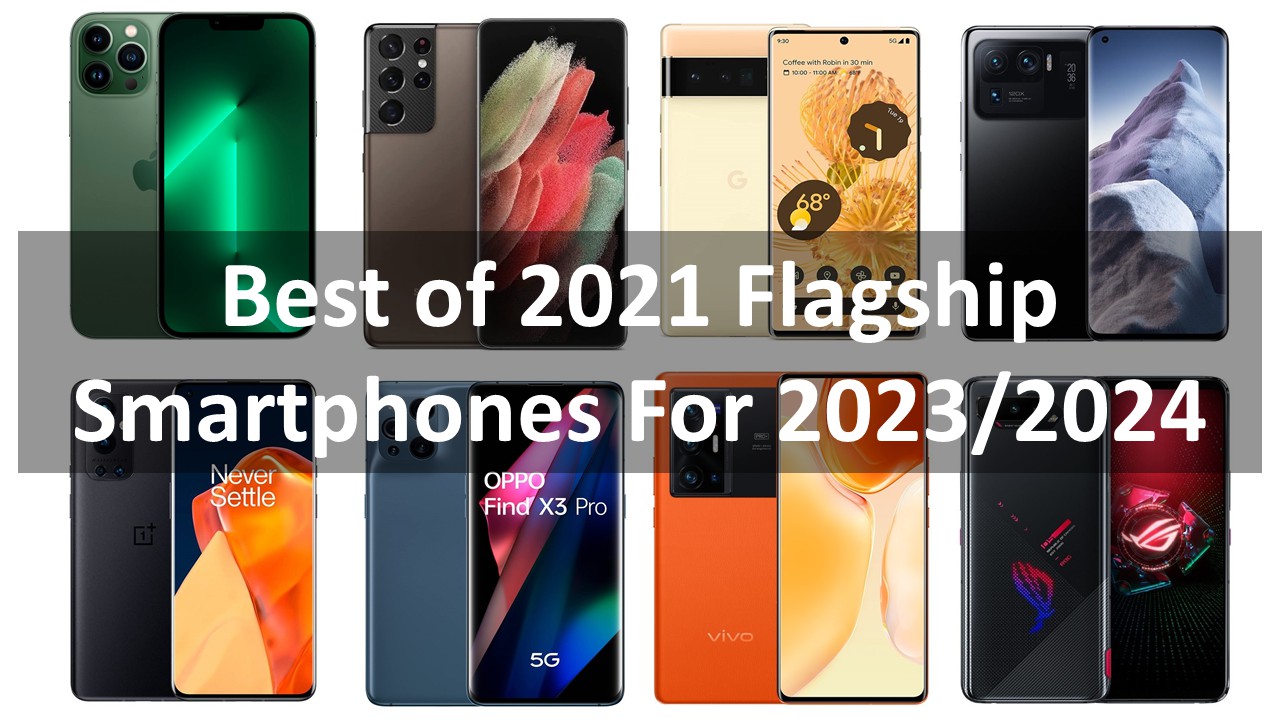
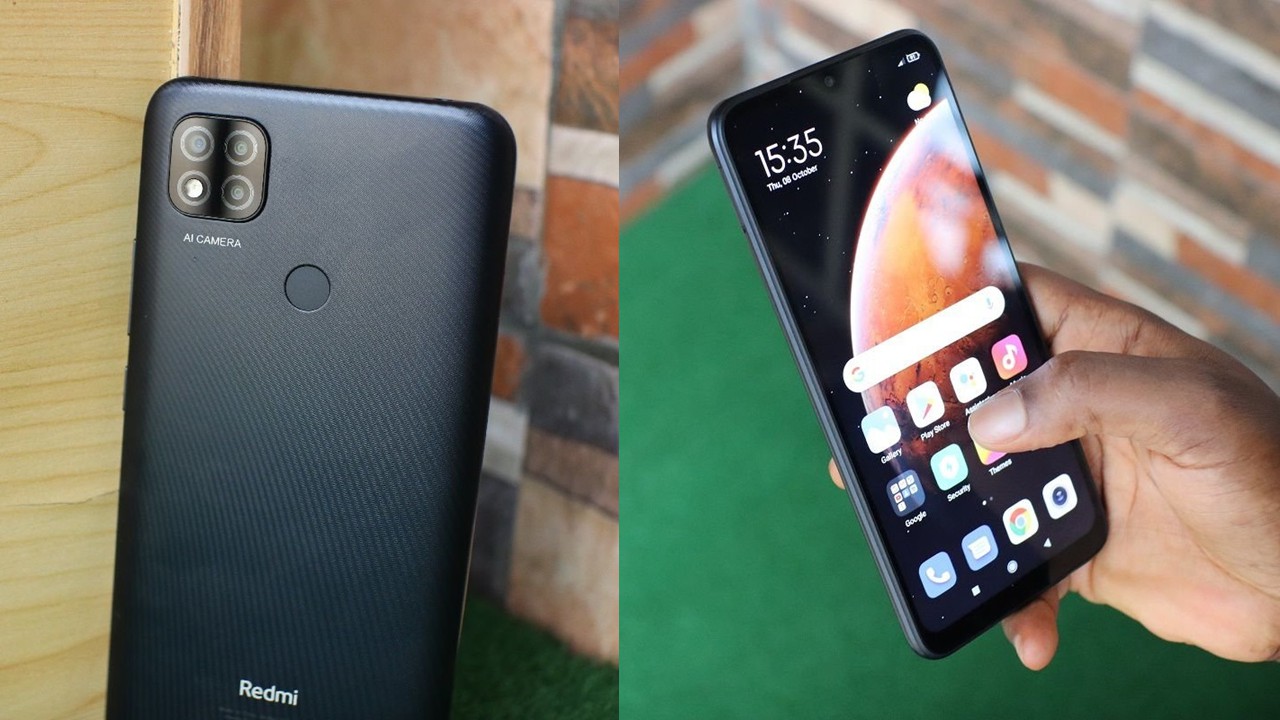

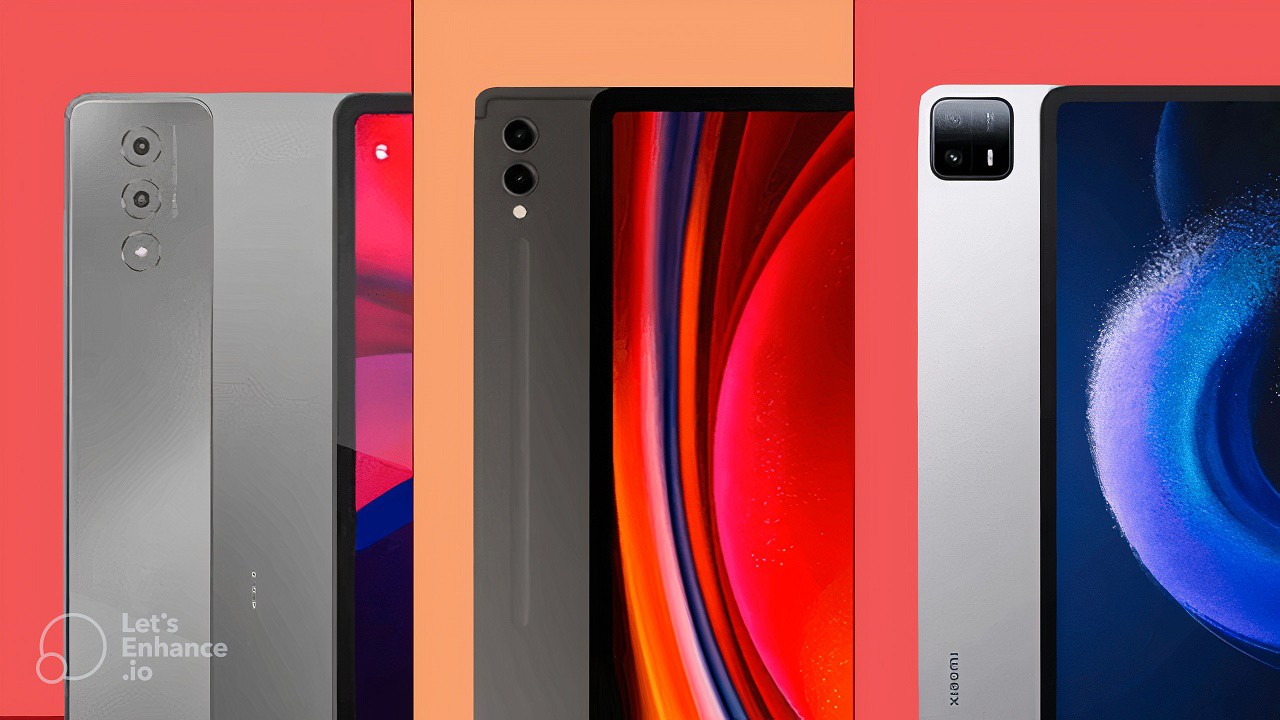
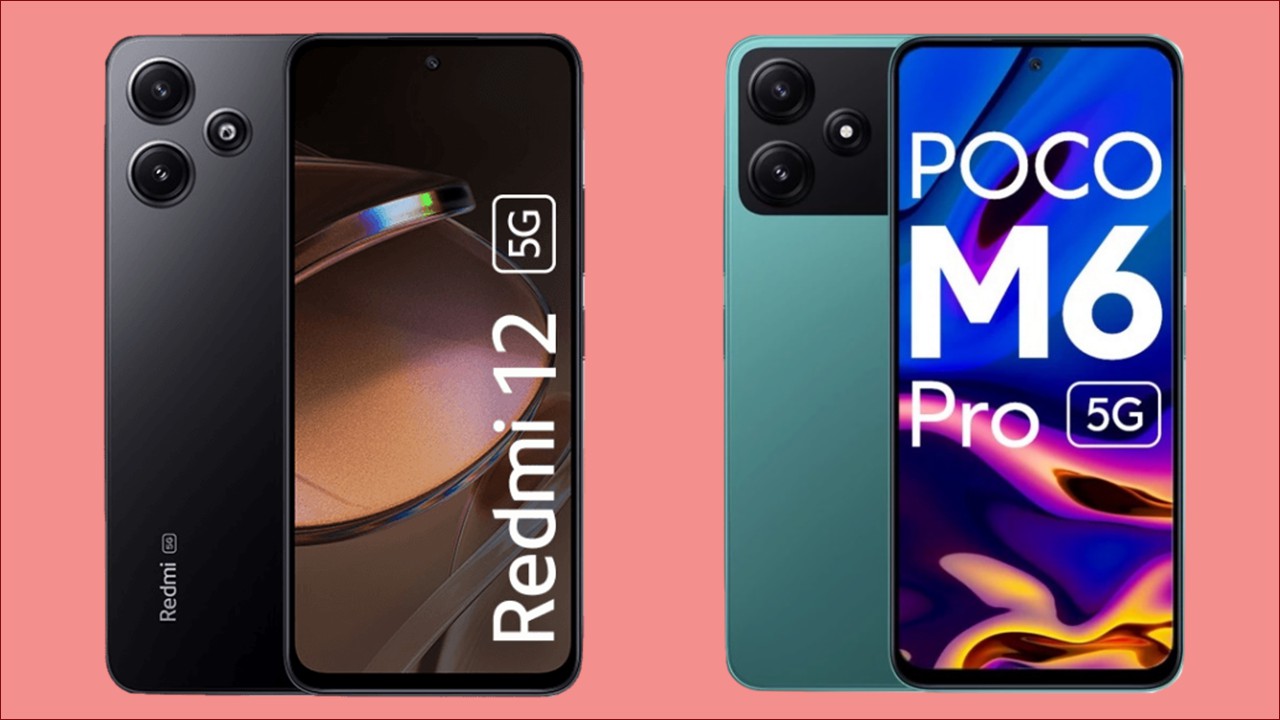
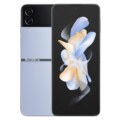
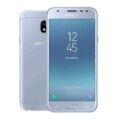
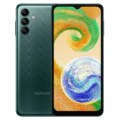
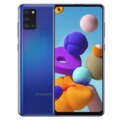
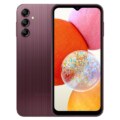
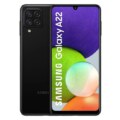
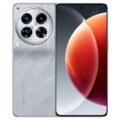
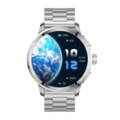
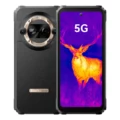
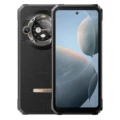
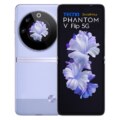
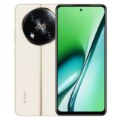

Leave a Reply